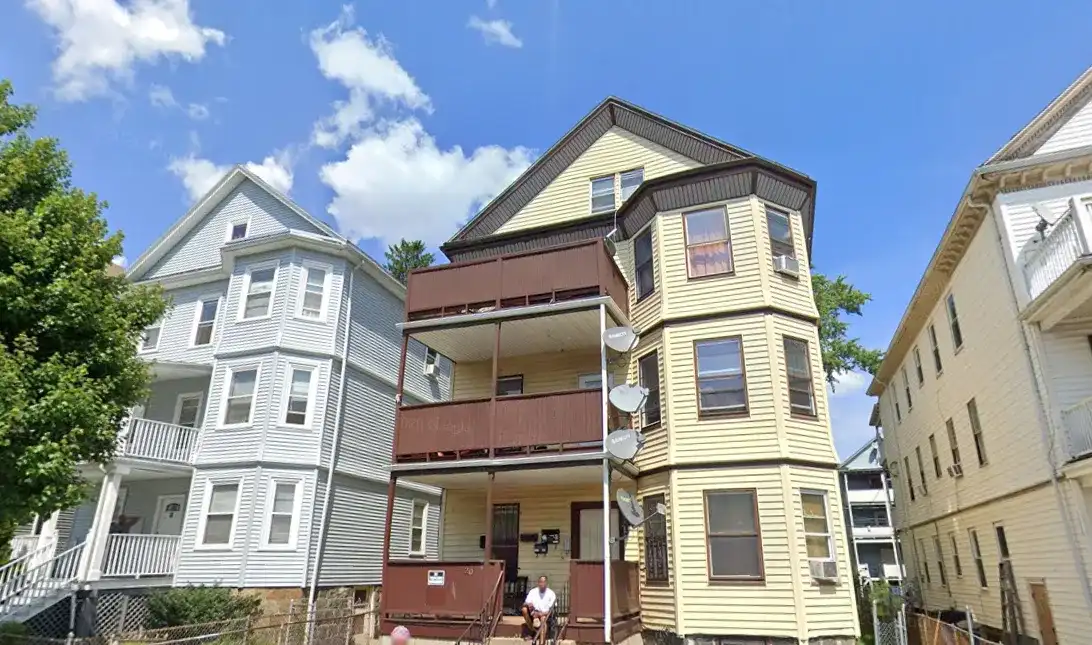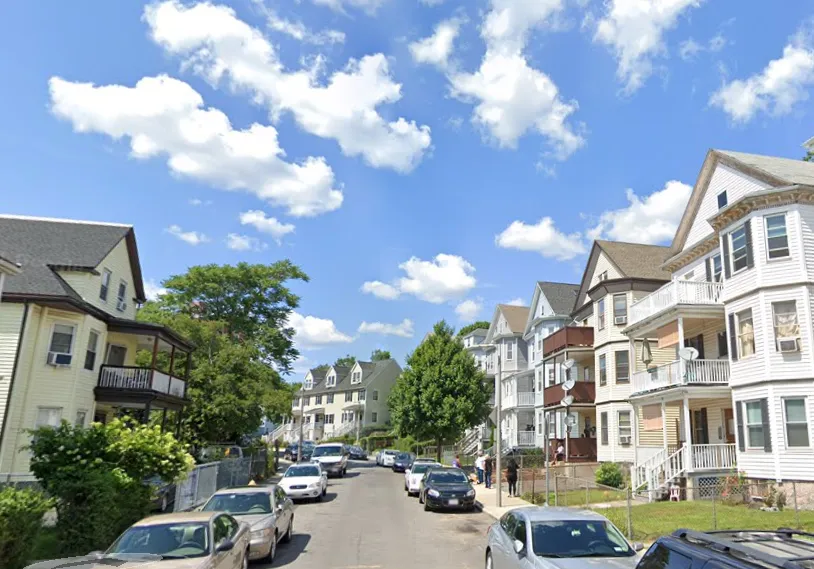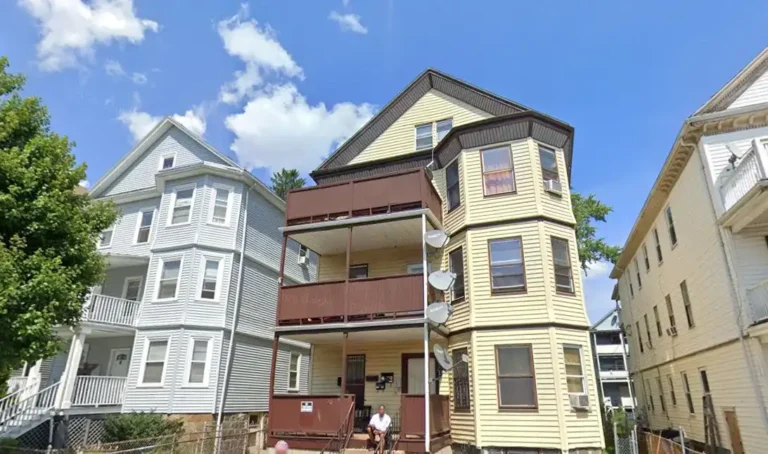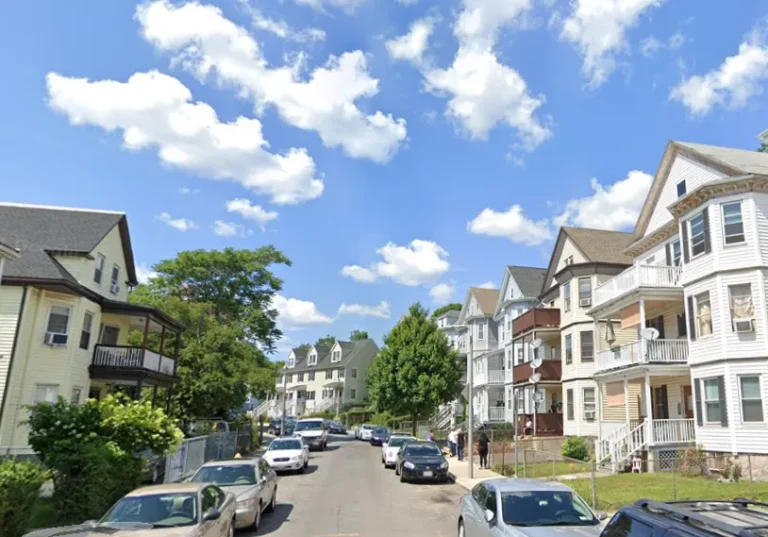
If the condition is severe, a doctor may recommend a course of antibiotics or steroid medications. For a long time, it was widely accepted that Rhinophyma was caused by alcohol use disorder. Excessive drinking while already suffering from Rhinophyma, a rare medical condition, can spur the worsening of an alcoholism red nose. That’s why an Alcoholic nose can indicate long-term alcohol dependence. As mentioned previously, the best way to prevent rosacea flare-ups caused by alcohol consumption is to stop drinking alcohol.
- Similarly, this removes the stereotype that everyone who suffers from rhinophyma is an alcoholic.
- Rhinophyma is in a category of skin conditions known as rosacea, which causes chronic inflammation of the skin.
- This is because a lot of blood rushes into the area and swells as different bumps begin to grow.
- Later, this condition advances to vascular rosacea, which involves swollen blood vessels and redness.
The Effect Of Alcohol Addiction On People With Rosacea
Alcohol can cause liver disease and kidney problems as well as increase your risk of cancer, heart attack and stroke. Using alcohol heavily, especially over a long period of time, can have a devastating effect on your health. Rhinophyma, the condition often referred to as alcoholic nose, has a red, swollen, lumpy appearance. The nose may also have a purple-colored appearance and could be mistaken for having warts or other skin blemishes that look like protruding lumps.
How can you get rid of rhinophyma?
This is because a lot of blood rushes into the area and swells as different bumps begin to grow. When you’re dehydrated, that can show up on your face in the form of dry, flaky skin, more visible signs of aging, or flare-ups of skin conditions like psoriasis and eczema. Drinking too much alcohol enlarges blood vessels in your face, resulting in facial redness and changes in skin tone and texture.
Advanced Symptoms of Rhinophyma
After treatment, we will work with you to ensure a smooth transition to less intensive, supplementary levels of care. At Georgetown Behavioral Hospital, you can take your addiction recovery journey one step at a time. During your time in our inpatient rehab setting, you will learn effective coping strategies to handle life’s daily stressors without using substances. If you think you may have rhinophyma, it’s important to see a doctor or dermatologist for diagnosis and treatment.
Treatment can vary depending on the severity of your addiction but typically includes a combination of detox, inpatient care, support groups and sober living aftercare. Rhinophyma is believed to be a rare but severe manifestation of inflammatory rosacea. Sebaceous glands are typically colonized with bacteria, which can contribute to inflammation when they become plugged. Rhinophyma, often called alcoholic nose, has several causes, but heavy drinking is not among the main purple nose causes. This guide explores rhinophyma – the clinical term for a red or purple nose – and outlines its causes and effects.
For starters, communicate with close friends and family about your situation. Entrust alcoholism treatment your addiction with people who love and care about you and want to see you happy. Tell them about your struggles and how your alcoholism is agitating your rosacea. It can also affect your sleep, increase inflammation in the body, and cause weight gain if you’re not careful about calories in those umbrella drinks.
Rehab Resources

If you are experiencing negative emotions or having difficulty with vision, nasal obstruction, or sleep apnea due to rhinophyma, treatment can help significantly. Your primary doctor can help you or direct you to resources for medical, surgical, and emotional treatment as you heal. If you are concerned you may be developing rhinophyma, speak to your doctor about available treatments and lifestyle changes that might help. The signs of rhinophyma may begin to appear in adolescence or early adulthood. Rosacea often develops in the following stages, which increase in severity with age and continued aggravation.
Alcoholic Nose, Nose Redness, and Rhinophyma

If you or someone you love is struggling with alcoholism, getting help as pictures of alcoholic nose soon as possible is essential. Alcohol addiction is a serious condition that can lead to health, relationship, and financial problems. While it can worsen symptoms, rhinophyma is mainly caused by rosacea, not alcohol. Continue to read more about the interactions between Ozempic and alcohol.
- Most mild cases of rhinophyma respond favorably to treatment with antibiotics or topical anti-inflammatories.
- People who experience this side effect have a mutation of aldehyde dehydrogenase 2 (ALDH2), a detoxifying acetaldehyde.
- The association between alcohol abuse and rosacea can be traumatizing for some people with rosacea.
- It can ensue as part of “phymatous rosacea.” The reason for rhinophyma is not known, but it’s thought of as a subtype of intense rosacea.

A nose from drinking alcohol comes with broken capillaries, and eventually, the reddened skin brought on by this becomes semi-permanent. A rhinophyma nose from drinking alcohol causes disfigurement and, potentially, lost job opportunities. We work with you to build a custom plan towards sobriety, rather than the “one-size-fits-all” plans found in most clinic environments. However, alcohol may be more likely than those factors to cause outbreaks, with some patients experiencing outbreaks caused by just one alcoholic drink. Fortunately, limiting alcohol consumption due to rosacea can reduce flare-ups. The skin can become inflamed and turn purple or red depending on the amount of blood in that body area.

Cymbalta Ruined My Life—What Do I Do?
- Doctors theorize it’s because of an additional chemical in red wine that also works to enlarge blood vessels, letting far more blood than usual flow to the skin’s surface.
- As discussed above, rosacea can be a main contributing factor to redness and flushing of the cheeks.
- During your time in our inpatient rehab setting, you will learn effective coping strategies to handle life’s daily stressors without using substances.
- With progression, the aesthetic subunits of the nose merge and become obliterated.
Alcohol can aggravate rosacea flare-ups, thus potentially making rhinophyma more severe. If you have rosacea and struggle with alcohol use, you might be putting yourself at risk of experiencing more severe side effects of rosacea. When rhinophyma is severe enough, an individual can have trouble breathing. This occurs when the skin of the nose has become bulbous enough to constrict the natural airways of the nose. When your nose is not bulbous or suffering from any significant disfigurement, you can usually breathe like normal through your nose. Rosacea can affect anybody but it most often affects middle-aged women with lighter skin tones.
